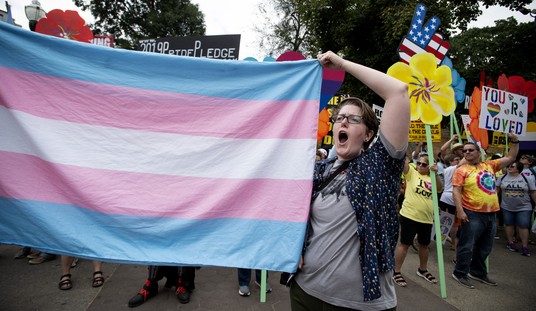In the global battle against the pandemic, few countries drew as much scrutiny and frequent criticism as Sweden during the early days. While the United States and most of Europe shut down their economies and put everyone on lockdown, the Swedes largely went about their business with no mandates for the wearing of masks or prohibitions on public gatherings. Sweden initially experienced a surge of novel coronavirus cases as compared to its neighbors. And then it felt like we stopped hearing about them quite so much. So what’s been going on?
As this report from the Associated Press indicates, what’s been going on has largely been… not much, at least in terms of the virus. Sweden only made slight modifications to its policies after the initial surge, but largely stuck with the herd immunity strategy. And now, just as much of Europe is experiencing a second surge in cases, Sweden has some of the lowest numbers in all of Europe. So did their herd immunity strategy actually work?
Now, as infection numbers surge again in much of Europe, the country of 10 million people has some of the lowest numbers of new coronavirus cases — and only 14 virus patients in intensive care.
Whether Sweden’s strategy is succeeding, however, is still very uncertain.
Its health authorities, and in particular chief epidemiologist Dr. Anders Tegnell, keep repeating a familiar warning: It’s too early to tell, and all countries are in a different phase of the pandemic.
Among Sweden’s population of ten million, they currently have a total of 14 people in ICU beds fighting COVID. In the past two weeks, they have reported 30.3 new COVID-19 cases per 100,000 people. By comparison, Spain is at 292.2 and France reports 172.1. That’s a rather startling difference.
Of course, Sweden did pay a price to get to this point. They’ve had 5,864 deaths since the beginning of the pandemic. By contrast, the United States has a population 35 times larger than Sweden’s and we just broke the 200,000 death toll. Similar to New York, a disproportionate number of their fatalities took place in nursing homes and elder-care facilities. At the height of the outbreak, they were losing 100 people per day in such places. They finally put restrictions on visitations in nursing homes and the numbers came back down.
This should leave us to wonder if that wasn’t the ideal solution from the beginning. If we had locked down the nursing homes and provided relief to everyone over the age of 55 so they could stay home, along with anyone with a doctor’s note saying they had underlying respiratory or immune system issues, could we have just left the rest of the economy running? The idea of requiring a doctor’s note wouldn’t be any big deal. Most employers do that already for many Human Resources functions, including the use of sick time for more than a day or two. Further, the death toll in New York City wouldn’t have been anywhere near what we saw were it not for Governor Andrew Cuomo’s disastrous order forcing nursing homes to take in COVID-19 patients and forbidding the screening of new residents.
What would our current death toll be today if we had followed that path? The vast, vast majority of healthy people under the age of 55 who contract the virus still come out the other side alive and without any serious, permanent health issues. There are some who are hit very hard to be sure, but the same can be said for other diseases that we live with (or, in some cases, don’t) every year. We’ll have to wait until the second wave has finished washing over Europe to be sure, but it’s starting to look as if the Swedes were onto something all along.








Join the conversation as a VIP Member